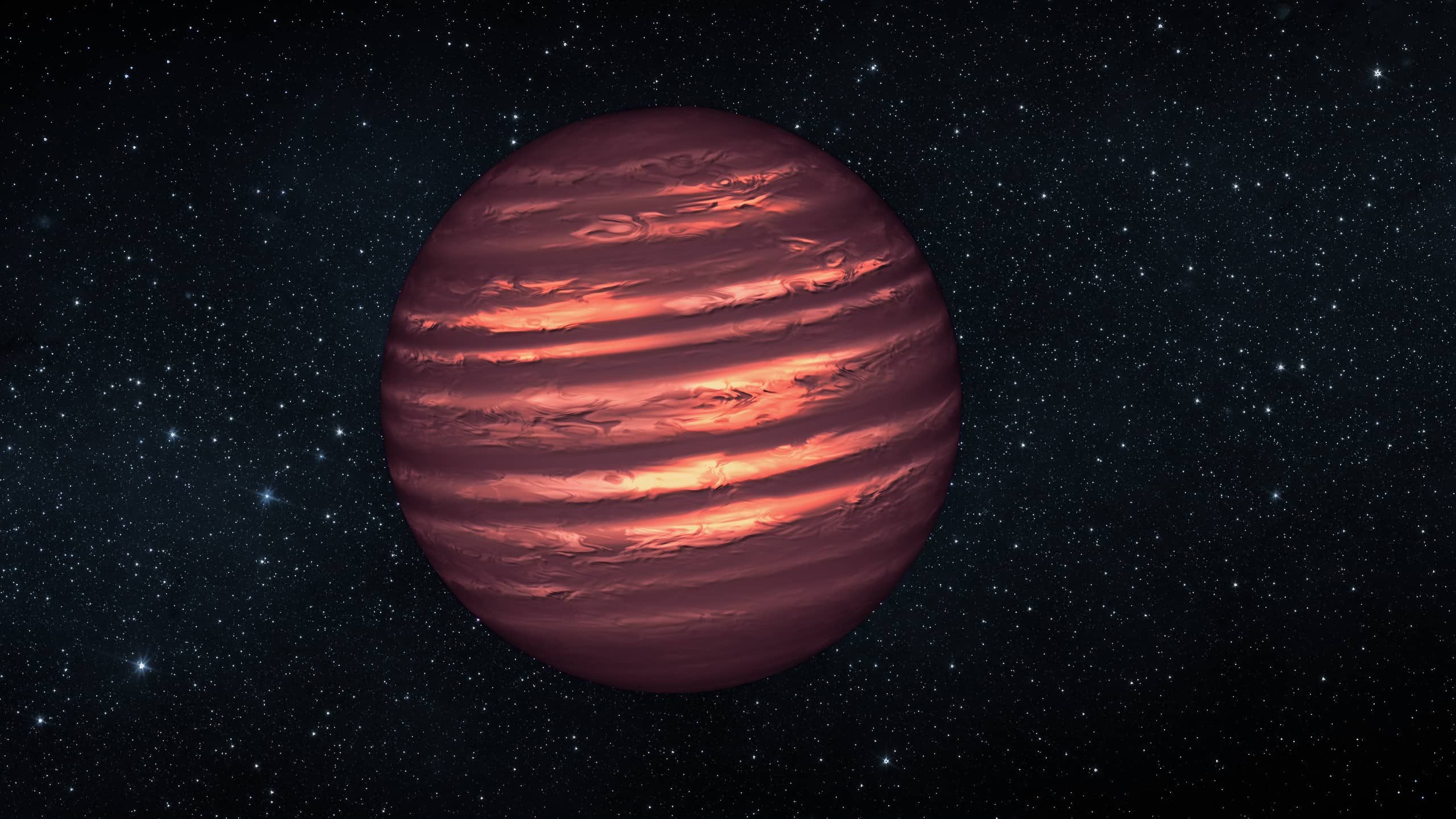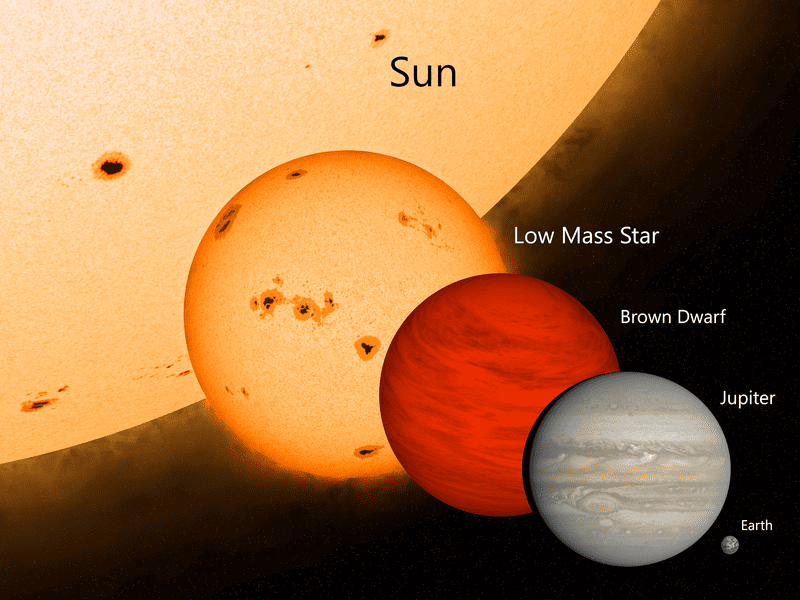Stars are hot and planets are not — at least that’s what usually happens. But in the case of a newly discovered “hot Jupiter”, that’s not really the case. The planet, which is technically called a brown dwarf, is hotter than the Sun.

Not-so-friendly planets
Hot Jupiters are the antithesis of habitable planets — they are dramatically inhospitable places for life,” Na’ama Hallakoun, a postdoctoral fellow in the Particle Physics and Astrophysics Department at the Weizmann Institute of Science and lead author of the study, said in the statement.
Hallakoun told ZME Science that these brown dwarfs are, in theory, formed like stars. They emerge through the gravitational collapse of molecular clouds, but their masses are sort of in-between. They’re more massive than most giant planets, like Jupiter, but less massive than stars. This means they’re not massive enough to sustain the fusion of hydrogen (like stars), but they can sustain the fusion of deuterium, a hydrogen ion.
Finding these planets is typically easier than finding rocky planets like Earth. Rocky planets are smaller and cooler, while hot Jupiters have higher temperatures which means they can be detected more easily. In fact, the newly described brown dwarf was initially thought to be a star initially.
The brown dwarf was first observed in early 2000. Researchers first thought it was a companion star, but new data shows it’s actually a brown dwarf.
Hot and hotter
WD0032-317B, as the brown dwarf is called, is located around 1,400 light years from Earth. It’s about 75-88 times more massive than Jupiter and orbits rapidly around its star, every 2.3 hours.
The brown dwarf is tidally locked. This means that it always faces its star with the same side, much like the moon only faces us with the same side. This particularity (and a coincidence) greatly delayed the research on the brown dwarf.
“Emission from the companion is clearly seen when its day side is facing the observer. However, by chance, the two original spectra taken in 2000 were taken when the night side was facing us, which delayed the identification of the system by many years,” Hallakoun told us. In fact, the first confirmed close white dwarf + brown dwarf binary, WD0137-349, was discovered in 2006 in the same original dataset.
But the most intriguing part is its temperature. Although it’s not a star, WD0032-317B is hotter than the Sun.
“The day-side and night-side temperatures were estimated from the difference in the intensity of the light emitted by the system when the day side and night side were facing us. The estimated day-side temperature is around 8000 Kelvin, which is about 2000 Kelvin higher than the temperature of the surface of the Sun,” Hallakoun says. In Kelvin, 8000 degrees equals 7726 degrees Celsius or almost 14,000 Fahrenheit. It’s so hot because it’s so close to the star that it draws some of the star’s heat in addition to its own heat.
But there’s a lot we don’t yet know about this object and the class of objects in general.

Brown mysteries
There are many things we have yet to learn about brown dwarfs, says Hallakoun.
For starters, there are currently a few thousand known brown dwarfs, comparable to the number of known exoplanets, the researcher says. But we’re not even sure how to define such objects yet.
“The boundary between brown dwarfs and stars (the “hydrogen-burning limit”) is not well constrained by observations. Another example is the “brown-dwarf desert” — a region around a star where brown dwarfs are unlikely to be found,” the researcher adds. The brown-dwarf desert is a range of orbits around a star within which brown dwarfs are unlikely to be found as companion objects.
There is also another type of brown dwarf that could even be hotter: hot subdwarfs. However, there’s much we don’t know about these objects, and even our classifications of them are not that good.
Ultimately, this brown dwarf could help astronomers better understand this object and, in a greater sense, similar objects like hot Jupiters.
Brown dwarfs orbiting close to white dwarfs are “useful” as hot Jupiter analogues, since we can observe them directly (as the brown dwarf is larger than the white dwarf),” Hallakoun concludes.
Journal Reference: Na’ama Hallakoun et al., An irradiated-Jupiter analogue hotter than the Sun, arXiv (2023). DOI: 10.48550/arxiv.2306.08672






